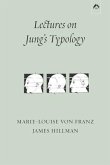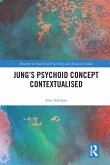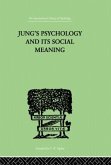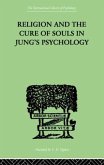Jung's early psychiatric writing shows the basis for a psychopoetics, i.e., a psychology founded explicitly on the making activities of the human mind. In Jung, however, this basis is obscured by an ambivalence in regard to the aesthetic. Berry considers this ambivalence by focusing on an event in Jung's personal life. During his period of breakdown and disorientation, Jung encounters an imaginary figure who tells him the work he is engaged in is art. Jung rejects this figure he calls "the aesthetic lady," maintaining that his concern is not art but nature. This dichotomy of art versus nature, imagination versus natural science, is paradigmatic throughout Jung's work. Subsequent chapters examine Jung's psychiatric case studies to show the interweaving of the scientific and the aesthetic, and to distinguish from this interweaving features fundamental for Jung's psychopoetic attitude. The characteristics of this attitude include techniques of likening, contrast, tension, a countering of the more literal with the less, and assumptions of thematic constancy, what Jung is later to call the primordial image, or archetype.







